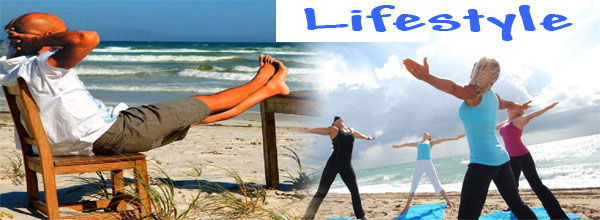When people say they want to “get fit”, they’re likely talking about trimming fat, gaining muscle mass, and of course picturesque abs for strutting at the beach–they should be talking about functional fitness. People often forget that being fit is way more than just about looks.
What is functional fitness?
From the word “functional”, this type of fitness is defined as one that helps you get through the rigors of everyday life, not just the rigors of doing gym exercises. What good is being able to lift 150 lbs over your shoulders if you can’t even bend over and pick up heavy luggage? A level of fitness that is functional is focused towards your overall physical improvement, and how that improvement affects you in real life.
A big part of this is consistent training. Your body adapts to endure increasingly strenuous conditions–changes that will have a positive impact on how you handle your daily chores.
How do I strive for functional fitness?
As with any physical goal, there are many ways to achieve this. All we can do is present you with the several options you can take towards the path to fitness. It’s up to you to pick which you want to try, in order to see which works best for your physiology.
The many ways to gain functional fitness:
P90X
This program is designed as a combination of several types of exercises to get you fit in just 90 days or approximately 3 months. Through a combination of cardio, stretching, yoga, strength training, plyometrics, and the basic home gym equipment that comes with all these exercises, the P90X program aims to give you “athlete-level” fitness in a relatively short time.
In the program’s 13 weeks, you’ll be expected to work 6 days for each week–that’s a lot of strenuous exercise. There’s even a nutrition plan to go with the regular exercise. During the first stages, a person in a P90X program will be fed less carbohydrates and more protein, emphasizing the relationship between work, energy, and proper nutrition. Additionally, this program provides a fitness test to determine whether your body can handle it or not.
Yoga
Originally conceived as a meditative aid to religious ritual, Yoga has come a long way since Ancient India. Today, it’s considered more as a form of exercise rather than meditation.
This practice teaches two essential things. The first is proper breathing; practitioners are taught how to use the breathing passages properly, letting them store more air in the lungs. This grants the energy to execute poses–the second thing to learn in Yoga.
Through consistent practice, the body progresses from low to high-intensity poses; practitioners are gradually trained to endure more, encouraging flexibility, proper execution of poses, and cardiovascular strength.
Triathlon training
Triathlons involve running, biking, and swimming–all of which are cardiovascular challenges that test the limit of each participant. This type of training focuses on endurance and stamina–physical attributes that, if developed, will serve you well in everyday living.
Why do I need these options?
Fitness is different for everyone. We can only provide examples of what you can do to achieve it. In the end, it’s up to you to determine which exercises or activities your body can take on the road to functional fitness.
